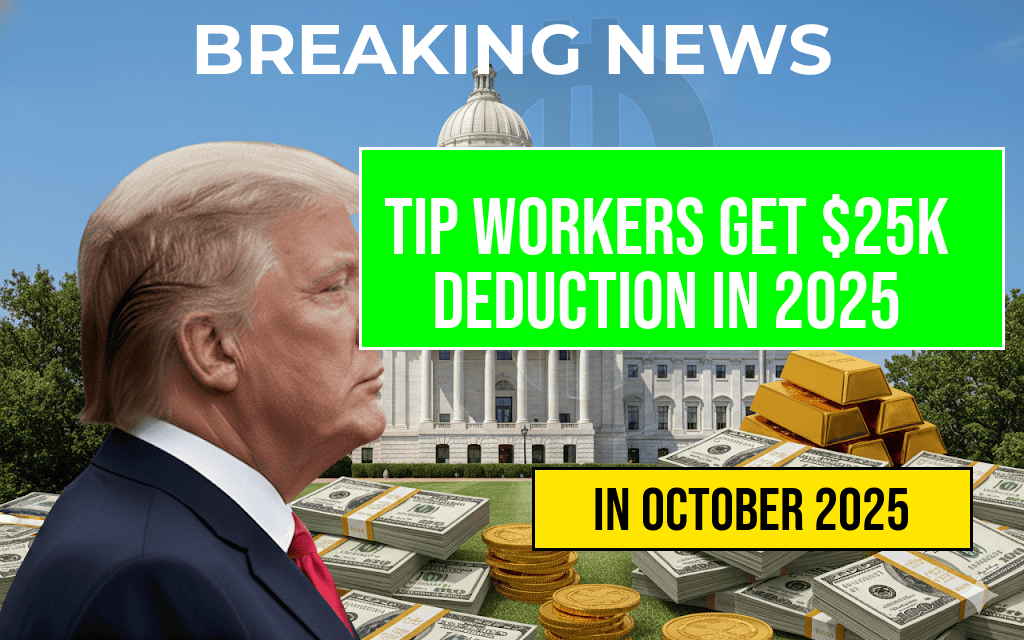Recent proposals for sweeping policy reforms threaten to reshape the financial landscape for the American middle class, with preliminary estimates suggesting an average income reduction of approximately $1,300 by 2027. Experts warn that these changes could exacerbate existing economic disparities, pushing millions into financial strain. The policies, currently under discussion in Congress, include increased taxes on middle-income households, reductions in social benefits, and new regulatory measures that could impact employment and disposable income. As lawmakers debate the scope and implementation timeline, economic analysts emphasize the importance of understanding potential outcomes for the demographic that forms the backbone of the U.S. economy.
Policy Changes and Projected Economic Impact
Taxation and Revenue Measures
- The proposed tax increases target middle-income earners, with rates potentially rising by 2-3 percentage points for households earning between $50,000 and $100,000 annually.
- Additional levies on certain investments and capital gains could further diminish disposable income for middle-class investors.
- Officials argue that increased revenue is necessary to fund social programs and infrastructure, but critics highlight the risk of dampening economic growth.
Reduction in Social Benefits
- Proposed cuts to social safety nets include modifications to unemployment benefits, healthcare subsidies, and retirement plans.
- These changes may lead to increased out-of-pocket expenses for middle-class families, especially those relying on government assistance for health coverage and retirement savings.
- Analysts predict that such reductions could decrease average household income by around $1,300 annually by 2027, based on current benefit utilization rates.
Workforce and Employment Trends
- New regulations on businesses, including higher minimum wages and stricter labor standards, could influence employment levels and wage growth.
- Some sectors might face increased operational costs, leading to layoffs or slowed hiring, which could dampen income growth trajectories for middle-income workers.
- Alternatively, certain industries may see increased automation, potentially reducing job opportunities in traditional sectors.
Economic Projections and Expert Opinions
| Income Bracket | Estimated Loss | Percentage Reduction |
|---|---|---|
| $50,000 – $75,000 | $1,250 | ~1.7% |
| $75,000 – $100,000 | $1,400 | ~1.4% |
Economists from the Federal Reserve warn that such income reductions could have ripple effects across consumer spending, housing markets, and overall economic stability. Dr. Laura Mitchell, an economist at the Urban Institute, states, “A decline of this magnitude in middle-class income could lead to decreased consumption, slower economic growth, and increased financial insecurity for millions of families.”
Potential Social and Political Ramifications
Public Response and Political Debate
- Polls indicate growing concern among middle-class voters, who feel increasingly squeezed by rising costs and stagnant wages.
- Legislators face mounting pressure from constituents demanding revisions to proposed policies that threaten to widen income disparities.
- Partisan divides are intensifying, with Republicans emphasizing fiscal responsibility and Democrats advocating for targeted relief measures.
Long-term Outlook
- If enacted, the policies could accelerate a trend of middle-income stagnation, making upward mobility more challenging.
- Opponents warn that such measures may undermine the social fabric by increasing economic inequality and reducing access to opportunity.
- Supporters, however, argue that these reforms are necessary to address budget deficits and fund critical infrastructure projects.
Sources and Further Reading
Frequently Asked Questions
What are the main policies threatening the middle class’s income?
The article discusses new policies focusing on tax reforms and public spending reductions that could potentially decrease the average income of the middle class by $1,300 in 2027.
How will these policies specifically impact middle-income households?
These policies are expected to lead to higher taxes and reduced benefits for middle-income households, resulting in an estimated income decrease of $1,300 in the year 2027.
What is the timeline for these policy changes?
The policies are projected to be implemented gradually, with the most significant impacts expected to occur by 2027, giving households some time to prepare.
Are there any potential benefits of these new policies for the middle class?
While the article primarily highlights risks, some policymakers argue that these policies could lead to long-term economic stability and budget sustainability, potentially benefiting the middle class indirectly.
What measures can middle-class families take to mitigate the impact?
Families can consider financial planning, diversifying income sources, and staying informed about policy changes to better prepare for potential income reductions.






